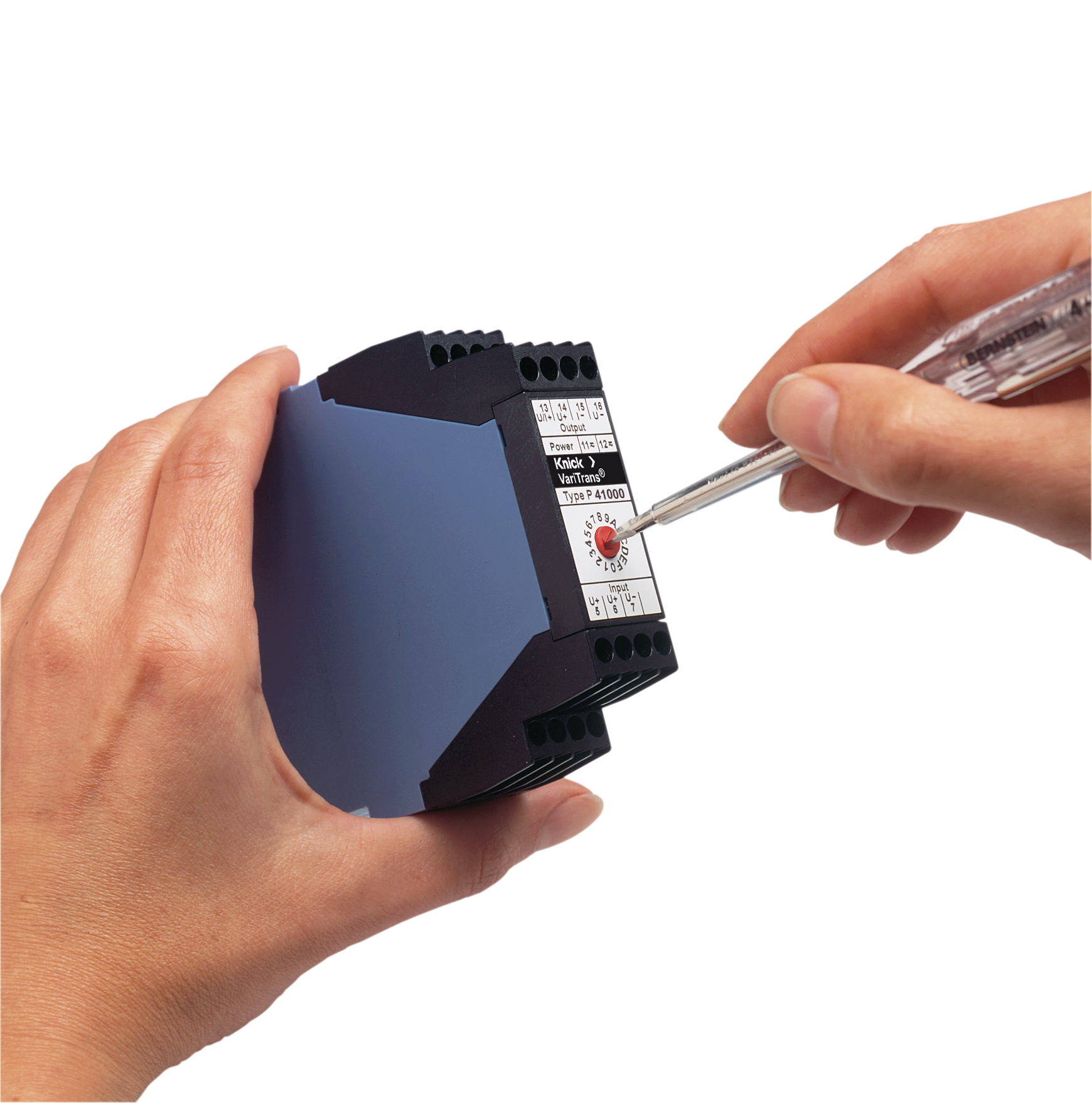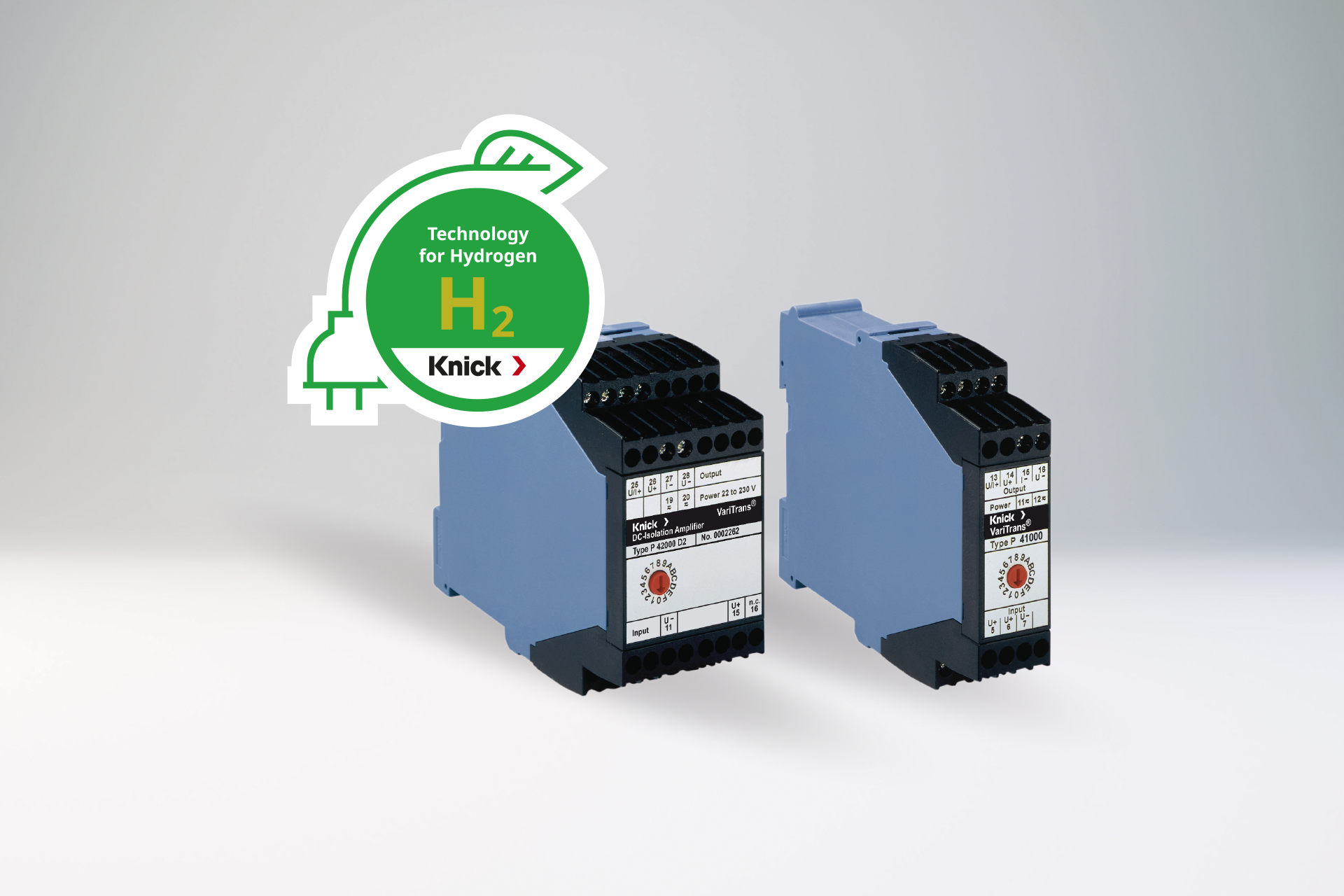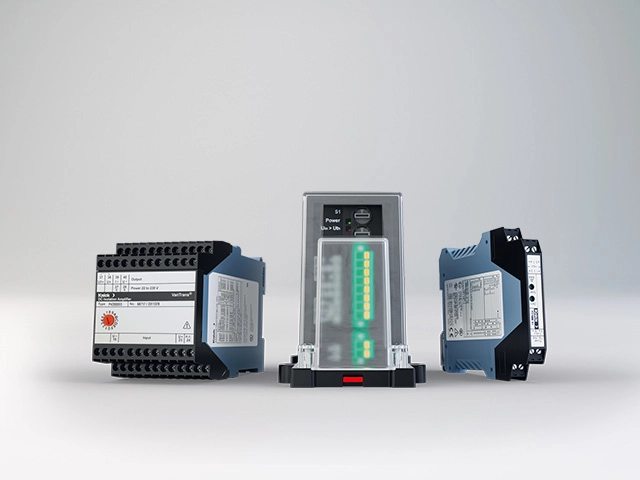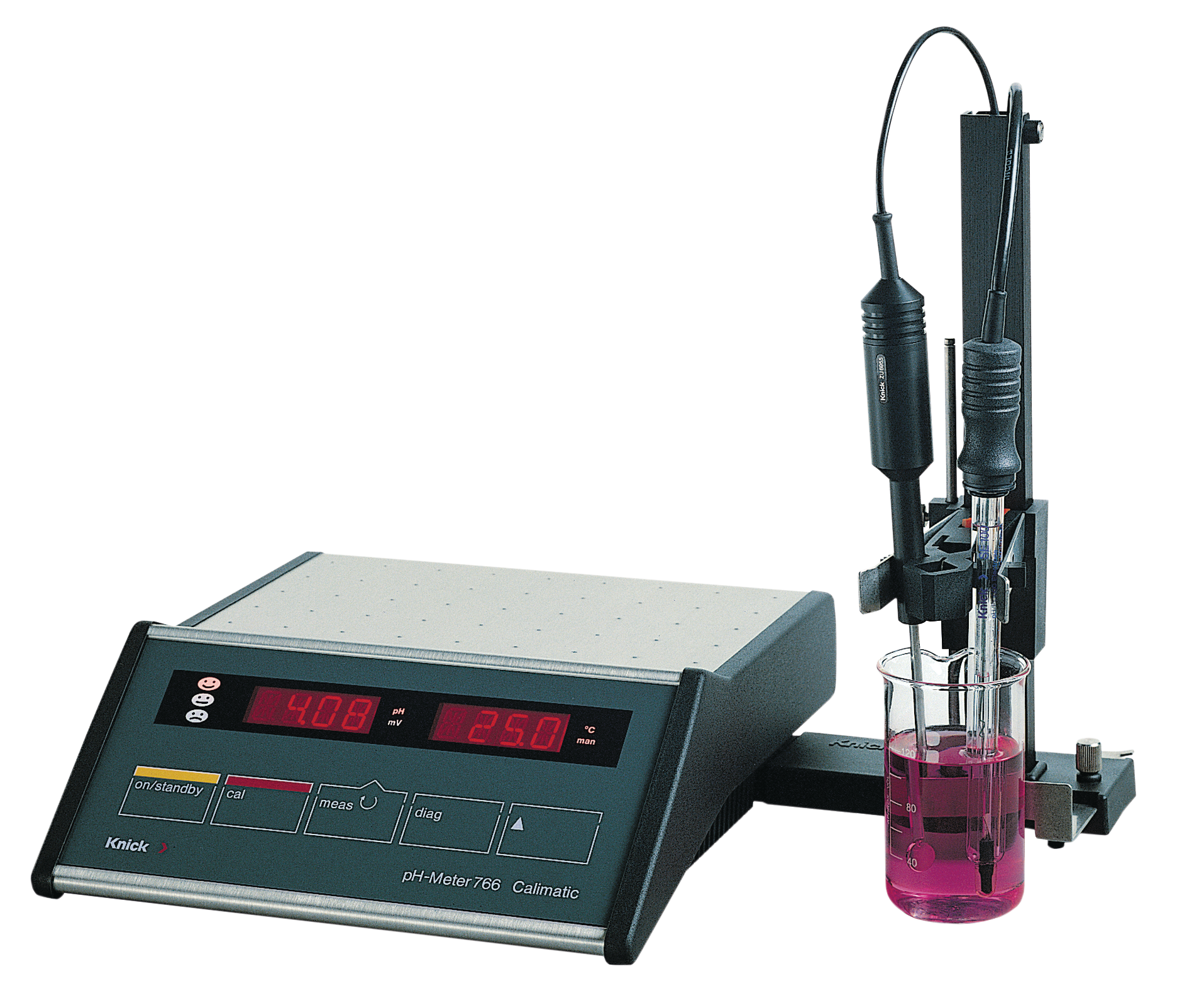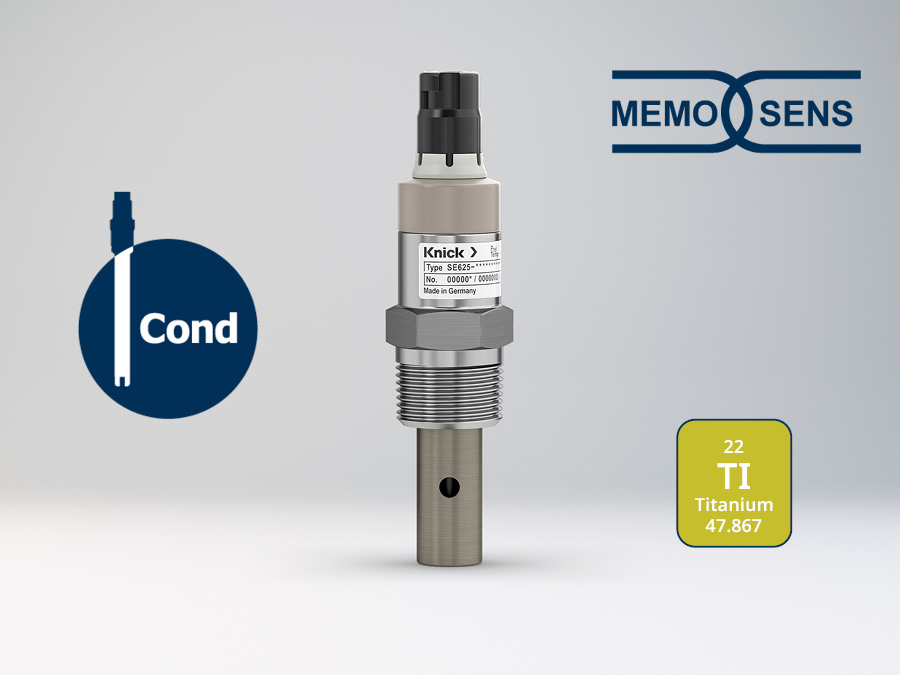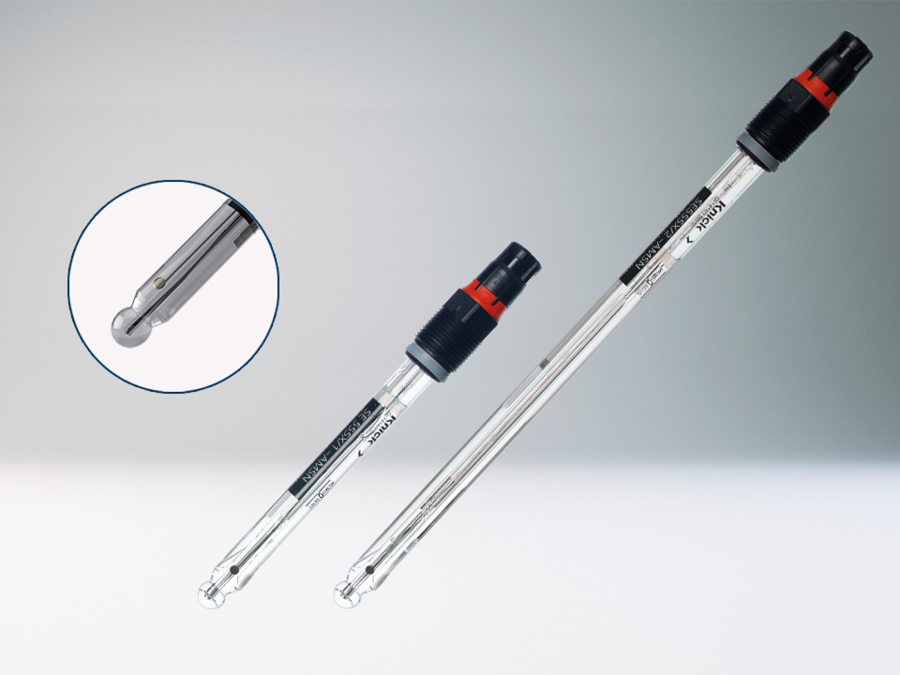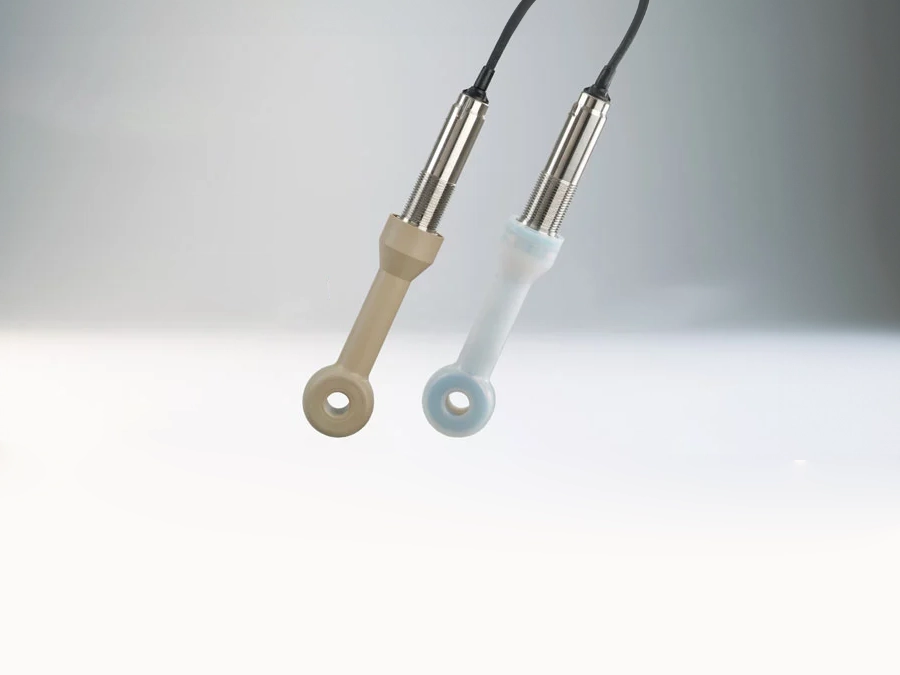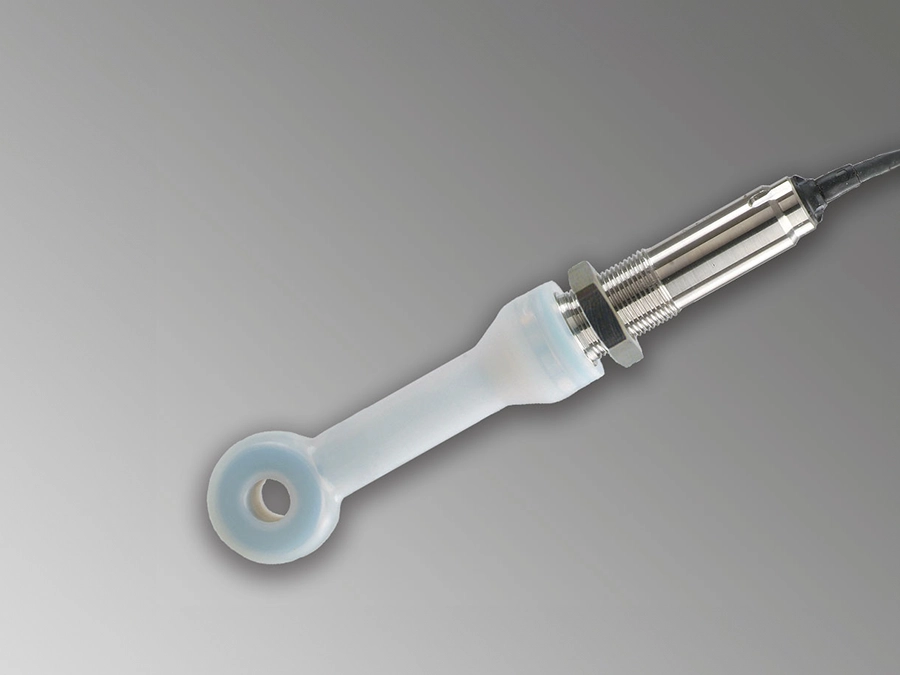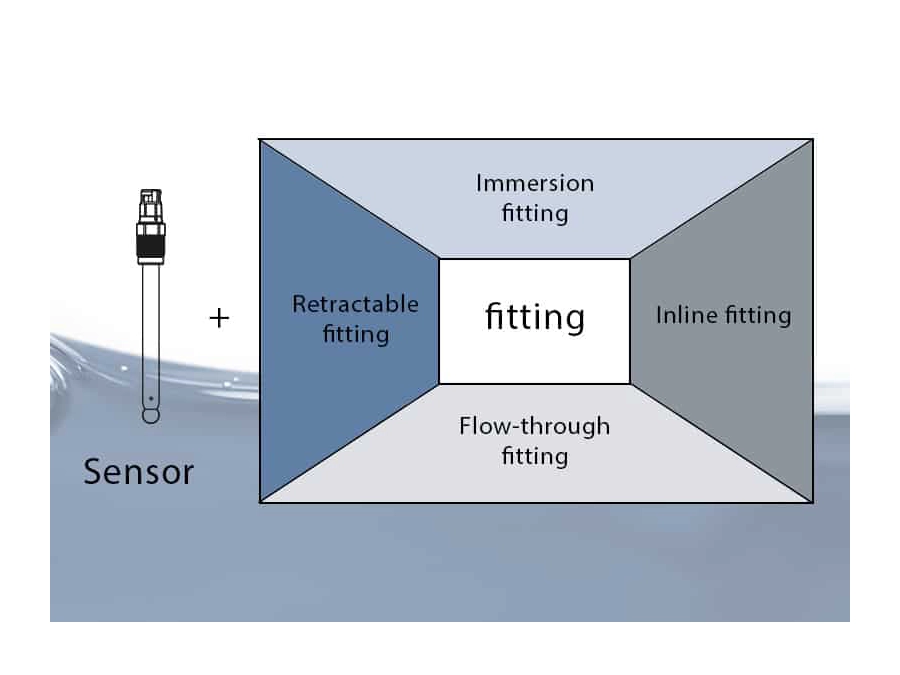P41000 Amplificateur séparateur haute tension / Convertisseur de mesure | À commutation calibrée
Description
Amplificateur séparateur haute tension universel pour signaux entrants de Uin = 60 mV à Uin = ±100 V.
- Amplificateur séparateur haute tension universel
pour la transformation de tensions, par exemple dans les applications shunt, de ±60 mV à ±100 V en signaux de sortie imposés de ±20 mA, ±10 V ou 4 … 20 mA - La nouvelle technologie TransShield
permet des armoires modulaires extrêmement compactes - Tensions de service de jusqu'à 3600 V CA/CC
- Protection contre les courants de choc
grâce à une séparation de protection conforme à la norme EN 61140 jusqu'à 1800 V CA/CC - Tensions d’essai jusqu'à 15 kV CA
- Excellentes propriétés de transmission :
- Erreur de gain < 0,1 %
- Fréquence de coupure de 5 kHz (filtre passe-bas / fréquence de coupure plus faible sur demande)
- Temps de montée T90 d’environ 110 µs - Quasiment aucune influence des tensions de mode commun :
RMC > 150 dB - Résistance élevée aux perturbations transitoires :
RMC T > 115 dB - Flexibilité exceptionnellement grande grâce à
- Commutation calibrée de jusqu'à 16 plages d’entrée/de sortie (tension de service de jusqu'à 2200 V)
- Jusqu'à 16 plages de mesure personnalisées du client
- Bloc d’alimentation à plage élargie de 20 V à 253 V CA/CC - Fonctionnement sûr même en cas d’alimentation instable
Pas de destruction en cas de tension de service incorrecte accidentelle - Les types commutables
réduisent la variété des variantes et ainsi les frais de stockage - Insensible
grâce au moulage sous vide - Convient aux systèmes ferroviaires à courant continu de
jusqu'à 3000 V CC - Mécaniquement stable
pour l’utilisation sur les bateaux, les véhicules ferroviaires et de route - Garantie de 5 ans
Les amplificateurs séparateurs P41000 ont été spécialement conçus pour les mesures de tensions bipolaires dans la plage des mV aux volts. Ils séparent les potentiels élevés du circuit d'entrée en toute sécurité. Les distances de sectionnement ont été créées pour les tensions continues élevées de jusqu’à 3600 V CA/CC et les surtensions transitoires de jusqu’à 20 kV.
La protection contre les courants de choc est assurée par une séparation de protection de l’entrée vers la sortie et vers l’alimentation conforme à la norme EN 61140. Spécialement conçu pour la mesure du courant avec une résistance shunt.
Nous attendons avec impatience votre réponse!
Nous Contacter
| Séparation des potentiels CA/CC: | Jusqu’à 3 600 V |
|---|---|
| Fonction: | Mesure du courant à potentiel élevé avec une résistance shunt |
| Entrée: | 0 ... (±)50 mV jusqu'à 0 ... (±)100 V |
| Sortie: | 0 ... (±)10 V, 0 ... (±)20 mA, 4 ... 20 mA, Valeurs de pointe ou TRMS |
| Tension d'essai: | 10/15 kV CA |
| Alimentation en tension: | 22 ... 230 V CA/CC |
| Fréquence seuil: | Fréquence seuil de 5 kHz, fréquences seuils plus faibles sur demande |
| Température ambiante de service: | –10 ... 70 °C |
| Dimensions (l x L x H): | 22,5 x 90 x 118 mm |
| Caractéristiques particulières: | Modèle commutable (16 combinaisons de signaux entrant/sortant) ou spécifique au client, Temps moyen entre pannes extraordinairement élevé de 2 165 ans, sur la base de données sur le terrain |
| Standards: | UL 347 |
| Catégorie de produits: | Amplificateur séparateur haute tension |


